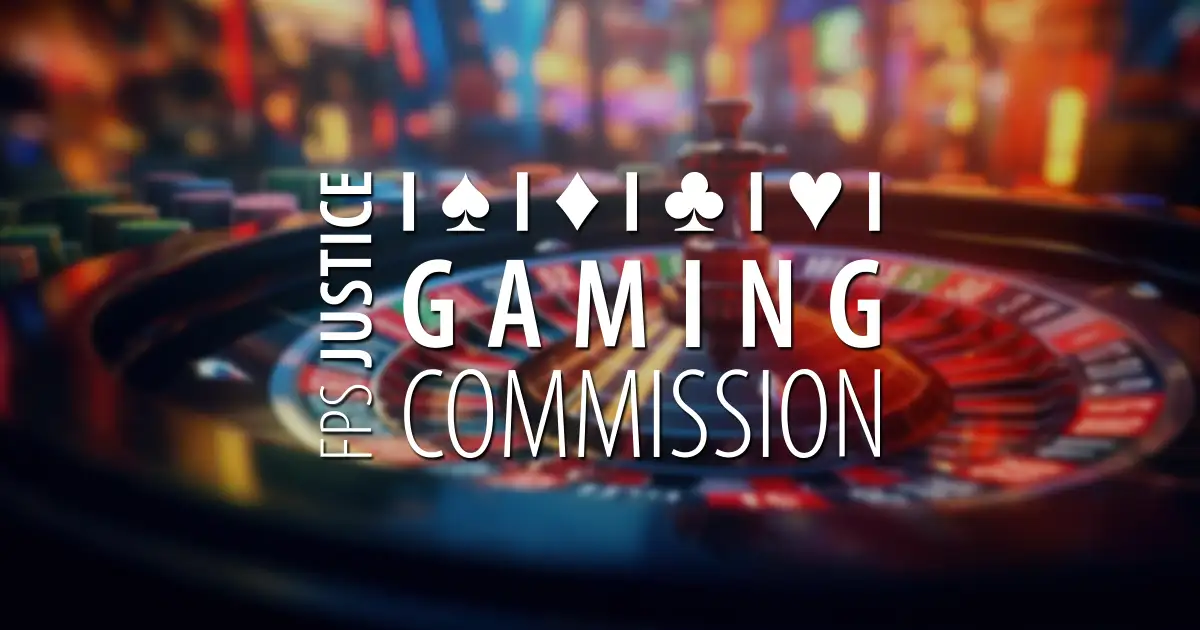XXL logos in sports sponsorship: the GC publishes a clarification
Since January 1, 2025, a new regulation strictly regulates the size of sponsor logos in the context of sports sponsorship. These must not exceed 75 cm² and can no longer be on the front of the jersey. The goal? To make the logos less visible and therefore less likely to tempt young audiences. However, some gambling companies have circumvented this new regulation and printed XXL logos on players’ jerseys.
The non-overflow technique: a loophole exploited
The new regulation in force since January 1 aims to limit the size of sponsor logos, in order to reduce the visual impact of gambling company advertisements during sporting events. The maximum size of logos is limited to 75 cm², making most logos really small.
In order to get around this problem, some gambling companies have already found tricks. One of them is the no-overflow technique, which consists of designing logos that technically respect the imposed limits, but which, in practice, occupy a much larger surface area. This method is based on the exclusion of empty spaces between letters or within characters, such as the “O” or the “P”. We therefore only measure the printed surface without taking empty spaces into account in the calculation.
A striking example is that of the Unibet logo. By applying this technique, the total surface area of their logo reaches 123 cm², almost double the permitted limit.

This strategy raises questions about the scope and effectiveness of the regulations. “We respect the imposed dimensions, but we use the available space to the maximum,” explained an anonymous industry representative, “nothing in the text of the law published a year and a half ago indicated that empty spaces had to be taken into account.”
A precise framework for measuring logos
The Gaming Commission (GC) was quick to react and publish a clarification on its website:
To calculate the size of the brand name and/or logo, the entire space occupied by the brand name and/or logo will be taken into account and not just the surface area of the different characters.
This means that all relevant characteristics of the logo must be measured by including them in the smallest and simplest geometric shape. For example, if a logo is irregular, it will be inserted into a rectangle, circle, triangle or square. The total surface area will then be calculated using a mathematical formula. This precise approach prevents parts of the logo, such as empty spaces inside the letters, from being excluded from the calculation.
Sanctions in sight?
Faced with these practices, the Gaming Commission could strengthen controls and toughen sanctions. Currently, offenders risk substantial fines, but these measures do not seem to be enough to deter the most creative companies.
In this regard, a Commission spokesperson stated: “We are closely monitoring the application of this law and will not hesitate to take additional measures if necessary.”
MEPs Stefaan Van Hecke (Groen) and Alain Yzermans (Vooruit) already welcome this clarification provided by the GC. Indeed, last Wednesday, during a committee, they questioned the Minister of Justice, Paul Van Tigchelt, insisting on the need for the State to ensure compliance not only with the text of the law, but also with its intention.


